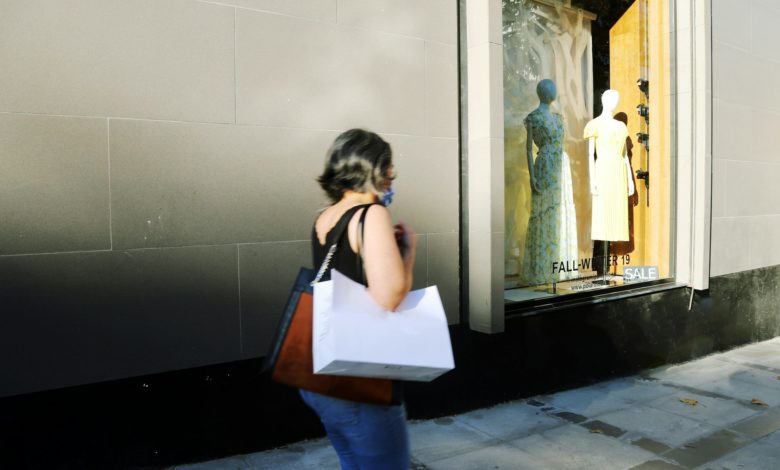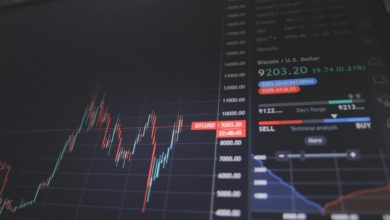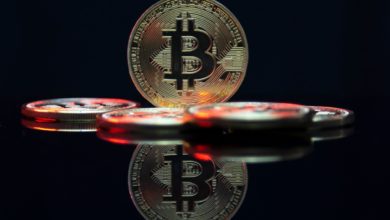Confidence Falls, Cash Flows: Can Spending Outpace Sentiment?

Consumer sentiment took another dive in April, marking the fourth straight month of worsening outlook. Concerns over escalating tariffs and their potential to drive up prices are weighing heavily on Americans. Many households are feeling uncertain about the future of the economy, even as they continue to spend in the present.
Historically, drops in consumer sentiment haven’t always meant a slowdown in actual spending and that disconnect may be repeating itself now. While consumers are worried about inflation and the broader economic climate, they’re still buying—especially big-ticket items like cars—perhaps trying to get ahead of anticipated price hikes.
Retail Sales Suggest Resilience
Retail sales unexpectedly rose last month, indicating that consumers haven’t pulled back their spending habits quite yet. Some of this surge may reflect early buying to beat tariffs, but spending gains weren’t limited to goods. Restaurant and bar sales also jumped, suggesting that consumers aren’t entirely in retreat when it comes to discretionary spending.
This willingness to dine out or travel points to a key distinction: while consumers are worried, they’re not yet behaving as though a recession is around the corner.
Labor Market Still a Backstop
One major reason consumers have kept spending: the job market. April’s employment report showed stronger-than-expected job growth, and the unemployment rate held steady. These figures help support income levels, which in turn keep wallets open—even when the headlines show a doomsday ahead.
That said, some cracks are beginning to show. Job openings have dipped, and weekly jobless claims are trending up. If those trends continue, household confidence could start aligning more closely with actual spending cutbacks.
Warning Signs in Discretionary Categories
Though overall spending looks solid, there are signs that consumers may be growing more selective. Several major airlines recently pulled their earnings guidance, citing weaker-than-expected demand for domestic travel. That could reflect a softening in discretionary budgets, especially for experiences—a category that typically signals how confident people are in their personal finances.
This shift is subtle but important. It suggests that while consumers haven’t stopped spending, they may be starting to reprioritize.
Looking Ahead
Consumer spending has long been the bedrock of the U.S. economy, and in recent years, it’s surprised economists with its staying power. However, with sentiment falling, tariffs adding pressure, and the job market showing mixed signals, the outlook is far from clear.
The next few months will be pivotal. If the labor market holds and inflation stays in check, spending could remain strong enough to keep the economy afloat. But if confidence keeps sliding and income security weakens, the consumer engine might finally start to stall.




